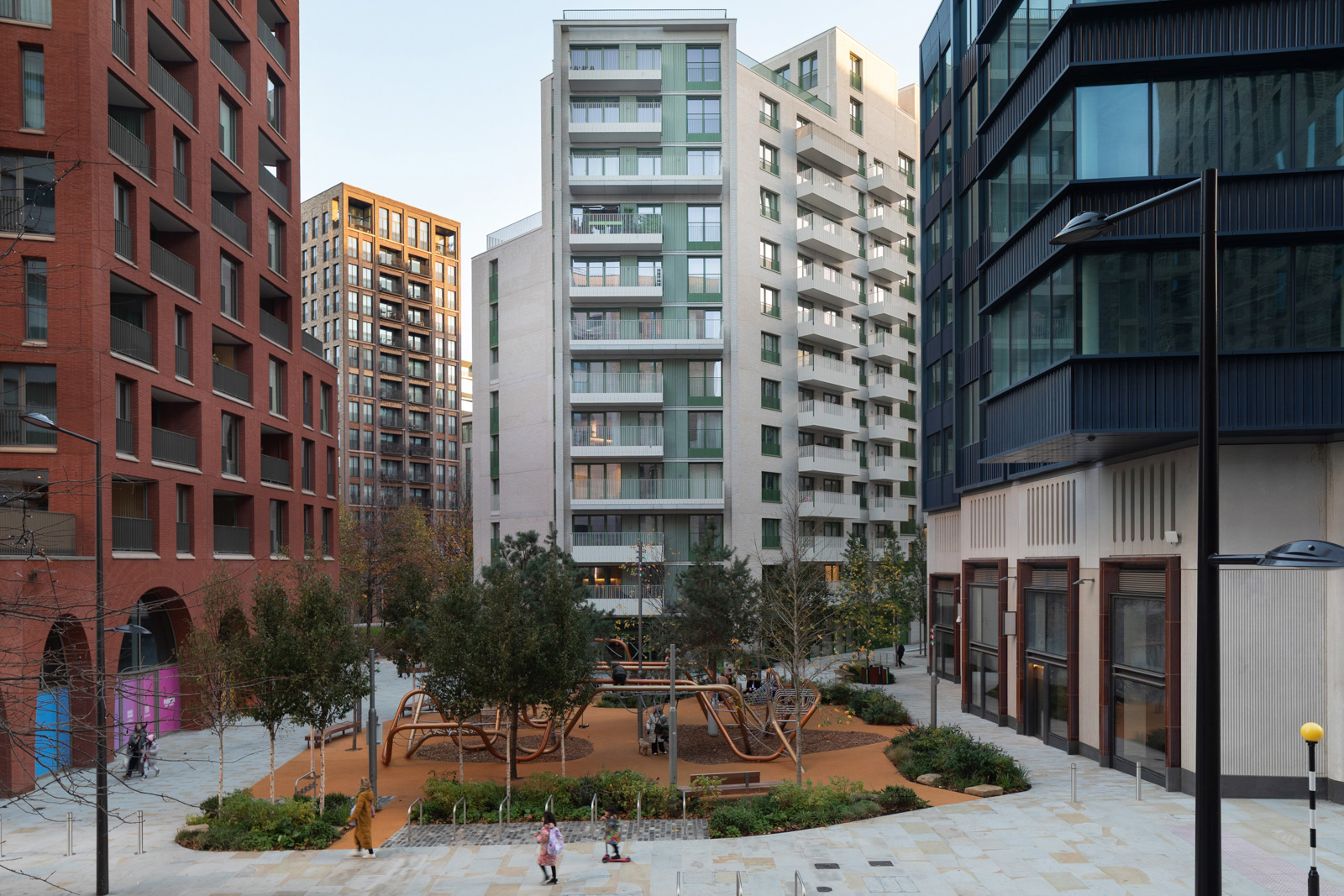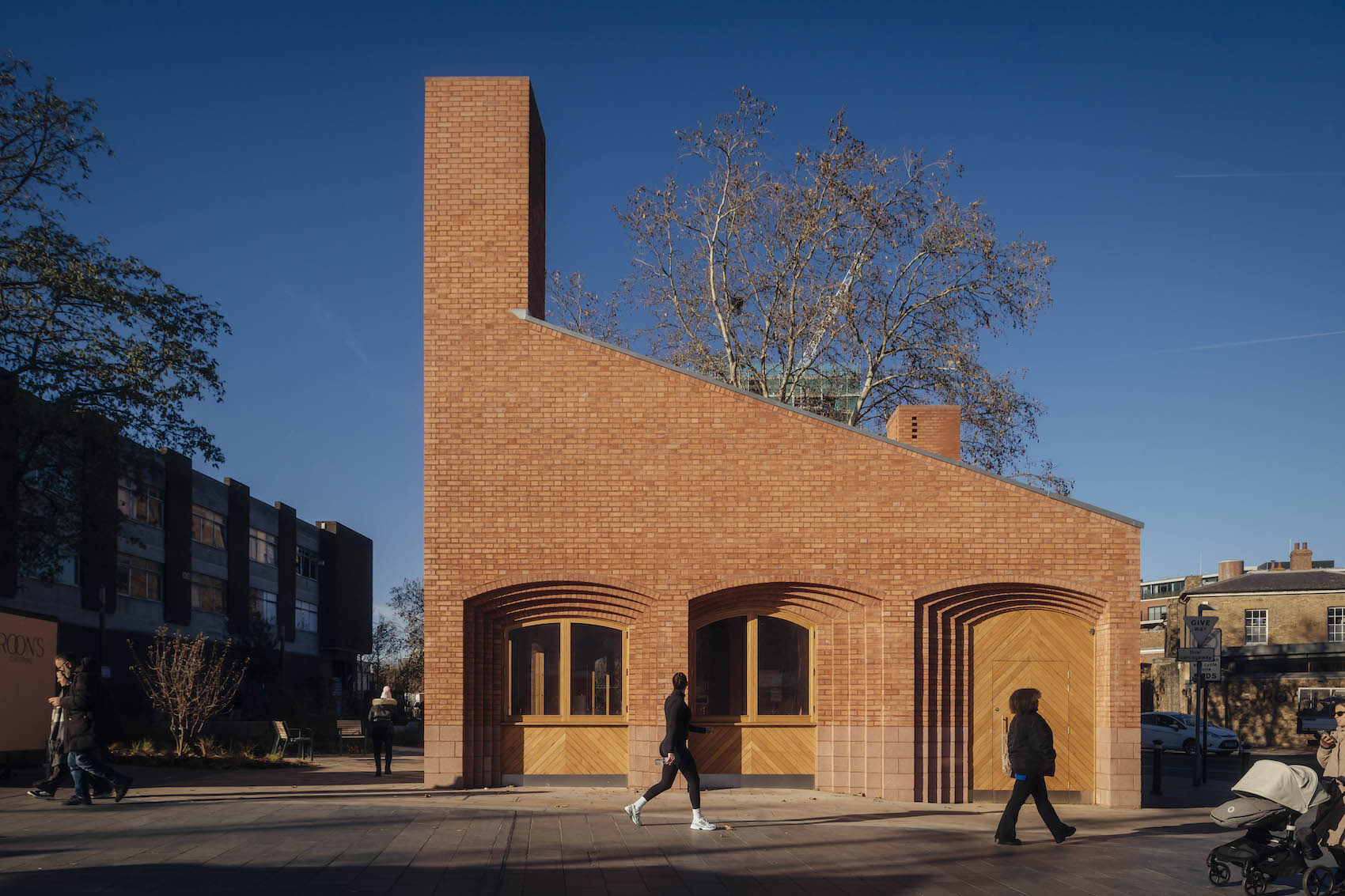Architects are getting ready to submit evidence of their CPD activities following a major shake-up by the ARB and RIBA. John Ramshaw outlines the new requirements and the consequences for non-compliance.
Continuing professional development for architects has become more onerous and prescriptive following the Grenfell Tower tragedy and the subsequent introduction of the Building Safety Act (2022). This in part is due to a comprehensive overhaul of CPD requirements from both the ARB and RIBA, which is altering how architects and the practices they work for approach this important aspect of professional life. So what’s changed? How can practitioners ensure compliance with the new guidelines? What are the consequences of non-compliance? And how does the ARB view the progress made so far?
Defining CPD for architects
According to the ARB, CPD is ‘a combination of approaches, ideas and techniques that will help a professional maintain and improve the knowledge, skills, and behaviours they need to carry out their work.’ The organisation says that this can be obtained through both formal and informal events, and covers a wide range of formats, including training workshops, e-learning programmes, idea sharing, conferences, events and seminars.
ARB aims and requirements
Launched in January this year, the ARB’s new CPD scheme is designed to be flexible and accessible with a focus on activities and outcomes. The latter is particularly important, with architects expected to record and reflect on their CPD activities on the ARB or RIBA’s platform. This includes the date of the activity, CPD topic, activity type, what they learned, how the learning outcomes are being applied to their practice, and next steps to further development needs.
The ARB recommends architects create a personal development plan (PDP), identifying how they want to develop their knowledge and in which areas, although this is not compulsory. There is no minimum requirement for the number of CPD activities that must be completed, but it does suggest architects complete at least eight per year. Mandatory topics for 2024 are limited to environmental sustainability, and fire and life safety. The organisation says that it will annually review whether mandatory topics will be set for the following year, and if it does set one or more topics good notice will be given, along with published guidance on the competencies expected. In order to renew registration, an architect must confirm that they have carried out their CPD.
RIBA aims and requirements
Coinciding with the ARB’s updated CPD requirements, the RIBA changed and simplified its rules in January, removing the requirement for members to allot points or leaning levels to their CPD activities and introducing tougher compliance. The intention is to ‘ensure and demonstrate that RIBA members meet the highest professional standards and are equipped with expertise in crucial areas, such as building and fire safety, climate literacy, legal and regulatory compliance, and inclusive design’.
CPD can come from any source, including other professional bodies, although members are encouraged to consider the comprehensive range of existing RIBA CPD offerings. In common with the ARB, architects are required to record their activities, with a brief reflective statement on what they gained from each CPD uploaded to the RIBA online CPD tool.
For 2024, RIBA members are required to complete a minimum of 35 hours of relevant learning – equating to 45 minutes a week – with at least 20 hours spent on ten mandatory RIBA core curriculum CPD topics (two hours per topic). Furthermore, 50 per cent of members’ CPD should be structured, where possible, making use of face-to-face or online courses, rather than informal individual learning.
The comprehensive list of mandatory topics comprises: architecture for social purposes; health, safety and wellbeing; business, clients and services; legal, regulatory and statutory compliance; procurement and contracts; sustainable architecture; inclusive environments; places, planning and communities; building conservation and heritage; and design construction and technology. The RIBA says that that the CPD chosen by members (as long as it’s within the organisation’s mandatory requirements) ‘should be tailored to their own needs or those of their practice or business, and should reflect the statutory and regulatory situation where they practice’. The ARB has indicated that it will accept RIBA CPD records, avoiding issues of duplication.
Compliance and enforcement
As a result of the Hackitt inquiry and ensuing legislative changes, the ARB now has the authority to assess architects’ competence. As such, it will audit a percentage of architects’ CPD records for quality assurance and compliance each year. Temporary exemptions may be granted to architects who cannot complete the required CPD, while architects who have not met the necessary standards will have the opportunity to take corrective steps before being removed from the Register of Architects.
Meanwhile, the RIBA will resume auditing members’ CPD records, ensuring that each one is up to date, rather than sampling records randomly as done previously. Non-compliance under the new auditing system will result in sanctions, with members that fail to respond to RIBA requests, reminders and subsequent warnings, facing suspension and eventual expulsion. A new system of exemptions will be introduced for members who are on parental or adoption leave or are away from practice due to long-term illness or caregiving responsibilities. Upon returning to practice, members will need to complete new return-to-practice CPD modules currently under development.
Join School of Specification to unlock team access to over 200 structured, self-paced lessons on issues including the Building Safety Act, fire safety, legal responsibilities, low carbon specification and much more.
The ARB’s perspective
As architects start to pay their annual retention fees, we questioned the ARB on the progress made so far with the new CPD legislation, how it is dealing with compliance, and what advice it has for practitioners.
How has the new CPD structure been received by architects?
We published draft guidance for the scheme in January 2023 and consulted on our proposals prior to the publication of the final guidance, which meant that feedback from architects informed the scheme’s structure. Architects have told us that they like the outcomes basis of the scheme, which allows them to carry out CPD in a way that is relevant to their practice. Consultees also agreed that recording activities and reflecting on them is a good way of measuring CPD that has been undertaken.
Since launch, the new scheme has generally been received positively by architects. Where architects haven’t responded positively, it has mostly been because of a misunderstanding about the nature of the scheme. Some architects have enquired about the number of hours that need to be completed or the number of points that need to be collected. As the scheme is focused on learning outcomes and their application to practice, we do not set a minimum number of hours and the scheme is not points-based. This is a different approach to CPD compared to other schemes that architects may already be familiar with.
Do you have any indication yet as to whether architects are complying with the new requirements?
Yes, feedback from a recent survey and activity on our new portal has shown that architects are following the new requirements. It’s worth remembering that CPD is not new to the profession and our research found that over 75 per cent of architects carried out CPD either formally or informally before the new scheme started. The ARB scheme ensures that all architects are now producing a formal record of their CPD.
What advice would you give to architects in terms of making sure they attain the new standards?
Professional development is a lifelong activity so pace yourself and set realistic goals on what you can achieve in a year. You should review what projects you have for the year and assess which areas are your strengths and which areas would benefit from development. The areas for development should be your priority for the year’s CPD. We recommend you create a personal development plan (PDP) at the beginning of the year, to help you organise and plan your CPD.
How stringent will you be in terms of enforcement and what will be the consequences for architects who fall short?
It is vital architects are competent to carry out their work, and the only way to remain competent is by keeping skills and knowledge up to date through further development.
The objective of our scheme is not to tick boxes, but to encourage and assist architects in carrying out good quality CPD that will have a positive impact on their work. Where architects demonstrate they are undertaking CPD but maybe aren’t recording it well or aren’t identifying learning outcomes, we will work with them to help them gain more from their CPD by producing better records.
Those architects who cannot or will not commit to carrying out CPD will be denied re-registration at the end of the year. They will be allowed to reapply to the Register once they can demonstrate that they have maintained or developed their competency so as to meet the scheme’s requirements while removed.
Will there be any leeway for architects in terms of compliance given it is the launch year?
2024 is the grace introduction year to allow architects to get accustomed to the new scheme and become familiar with its requirements. From 2025, compliance will be a requirement for continued registration.















